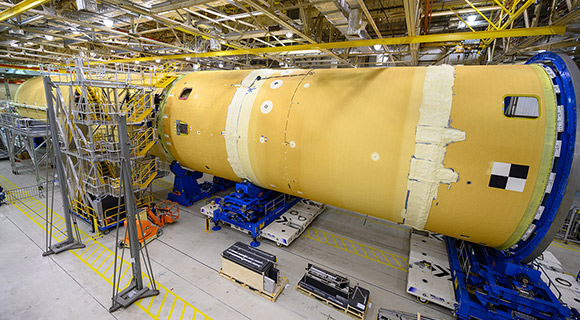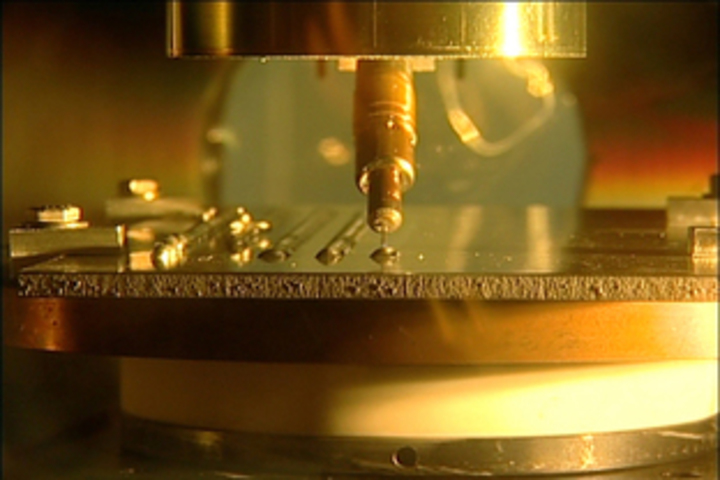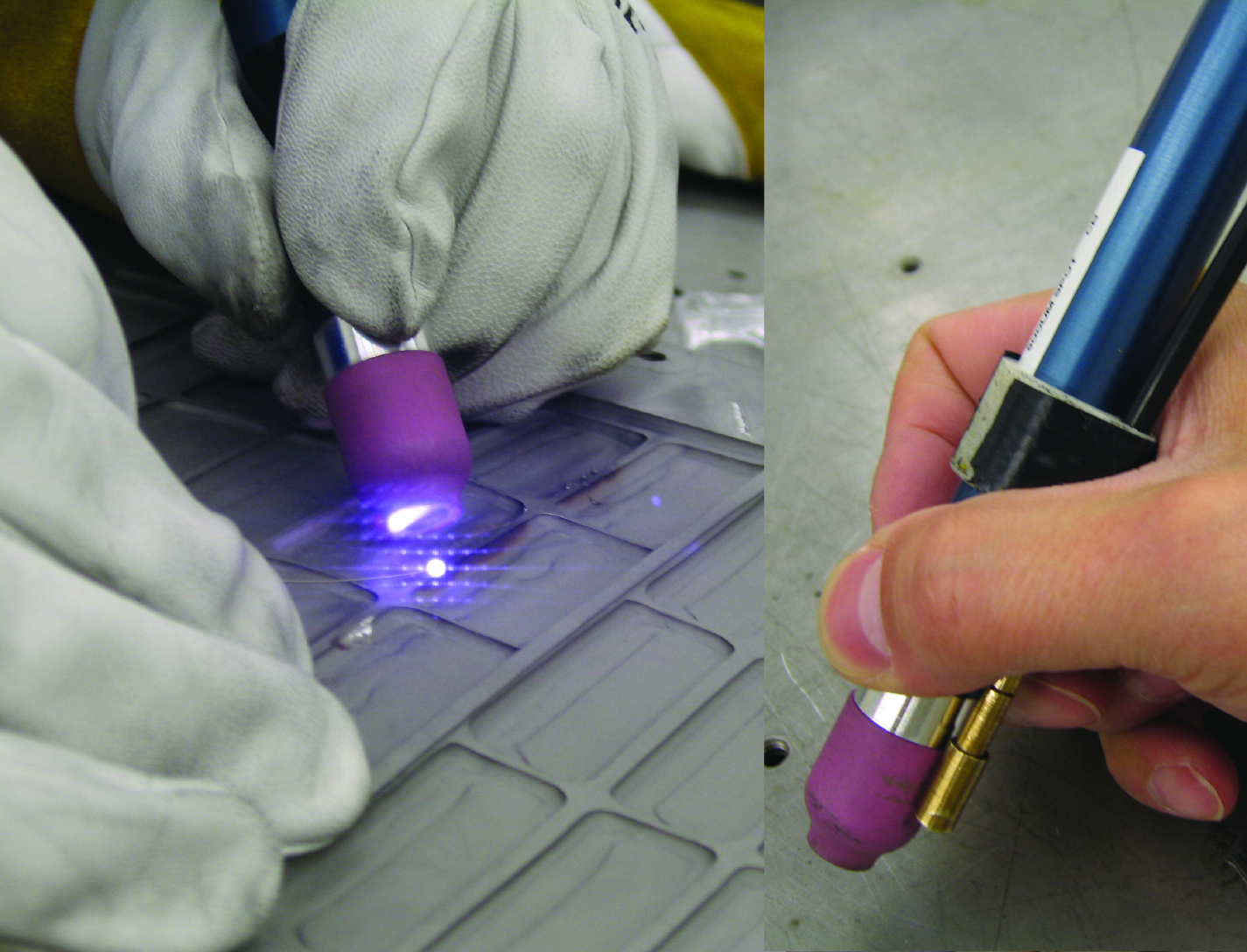


Advanced manufacturing remains extremely important to NASA. Our researchers and engineers are consistently developing new manufacturing technologies and techniques for the agency’s aerospace missions. The Space Launch System, for example, is being built with many cutting-edge inventions that reduce costs and development time. Many of these same inventions are available for transfer to industry through NASA’s Technology Transfer Program. Take a look at our patent portfolio.
Below, we’ve listed five emerging technologies in our portfolio we think are ripe for commercialization.
Interim, In Situ Additive Manufacturing Inspection
The 3D printing industry continues to grow at astronomical rates, but there are still many challenges that are being addressed. NASA researchers at Marshall Space Flight Center realized that there were very few options out there that could be implemented into the additive manufacturing process to detect failures, so they created their own. This system uses infrared and visual cameras to monitor the build process in real time. By monitoring the print, layer by layer, in real-time, users can pause the process and make corrections as needed, reducing material, energy, and time wasted in nonconforming parts.
Modular Fixturing for Assembly and Welding Applications
Looking to save time and costs when building rockets, researchers at Marshall developed new modular fixtures for holding metal in place during assembly. Other methods often require months of lead and design time and cost millions of dollars to complete. NASA's modular fixtures are easily adjustable so they can be used on rocket sections with various diameters and heights. This technology speeds up rocket assembly, but it can also be applied in shipbuilding, airframe assembly, and pressure vessel assembly.
Use of Beam Deflection to Control Electron-Beam Wire Deposition
NASA's Langley Research Center researchers have a long history of developing an electron-beam (e-beam) free-form fabrication technology (EBF3), a 3D printing process that uses an electron beam gun, a dual wire feed, and computer controls to manufacture metallic structures for building parts or tools in hours, rather than days or weeks. For many years there was no adequate way to maintain an even deposition height of the molten metal being deposited by the system. This technology solves that problem. While e-beam wire deposition is of interest for rapid prototyping of metal parts in space, it is also of intense interest for industrial welding and fabrication in a range of applications, from small components to large aerospace structures.
Variable-Power Handheld Laser Torch
To repair hard to reach engine nozzles on the space shuttles, NASA researchers developed a handheld laser torch for welding and brazing metals. The Variable Power Handheld Laser Torch has many advantages when compared with other welding tools. Its power can be adjusted in real time and the unique design provides increased precision, portability, maneuverability, and safety for the user. We think the torch would useful in manufacturing things like eyeglasses frames, jewelry, and medical hardware.
High-Speed Smart Camera Detects Supersonic Inlet Shocks
NASA is always working to develop technologies that will make aircraft faster and more efficient. To do this, it is important to understand the airflow in advanced turbine engines. A supersonic jet can’t function properly unless the airflow entering the machine is compressed and slowed to subsonic speed in the inlet before it reaches the engine. This smart camera, developed by researchers at NASA’s Glenn Research Center, uses high speed image processing to monitor airflow of an aircraft engine's intake. The smart camera is highly customizable, and its ability to quickly identify precise location data makes it ideal for a variety of other applications. In manufacturing, it could be used in assembly lines, part placement, and position monitoring.
Interested in licensing one of these inventions? Follow the links to apply through our website. You can also browse our entire portfolio of manufacturing technologies here.
Follow the NASA Technology Transfer Program on twitter @NASAsolutions for the latest updates on technologies available for licensing.


